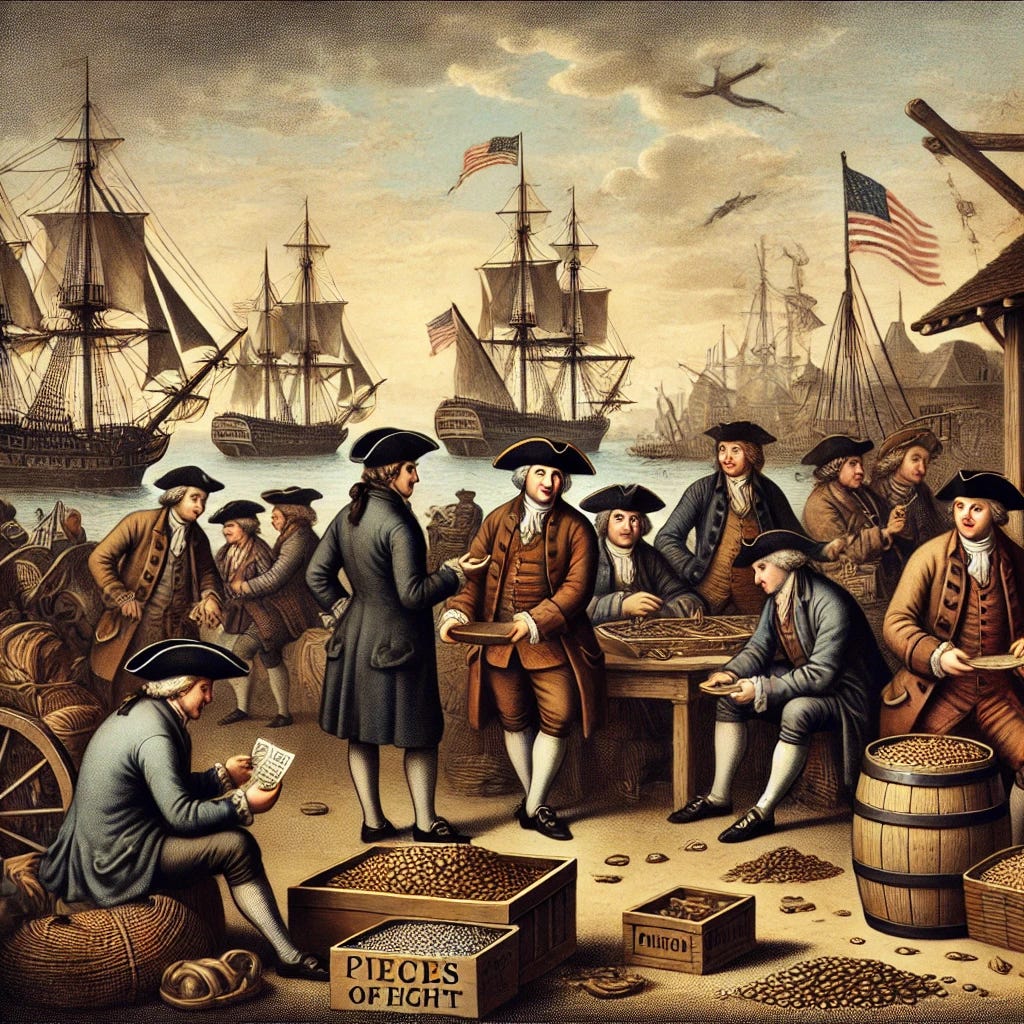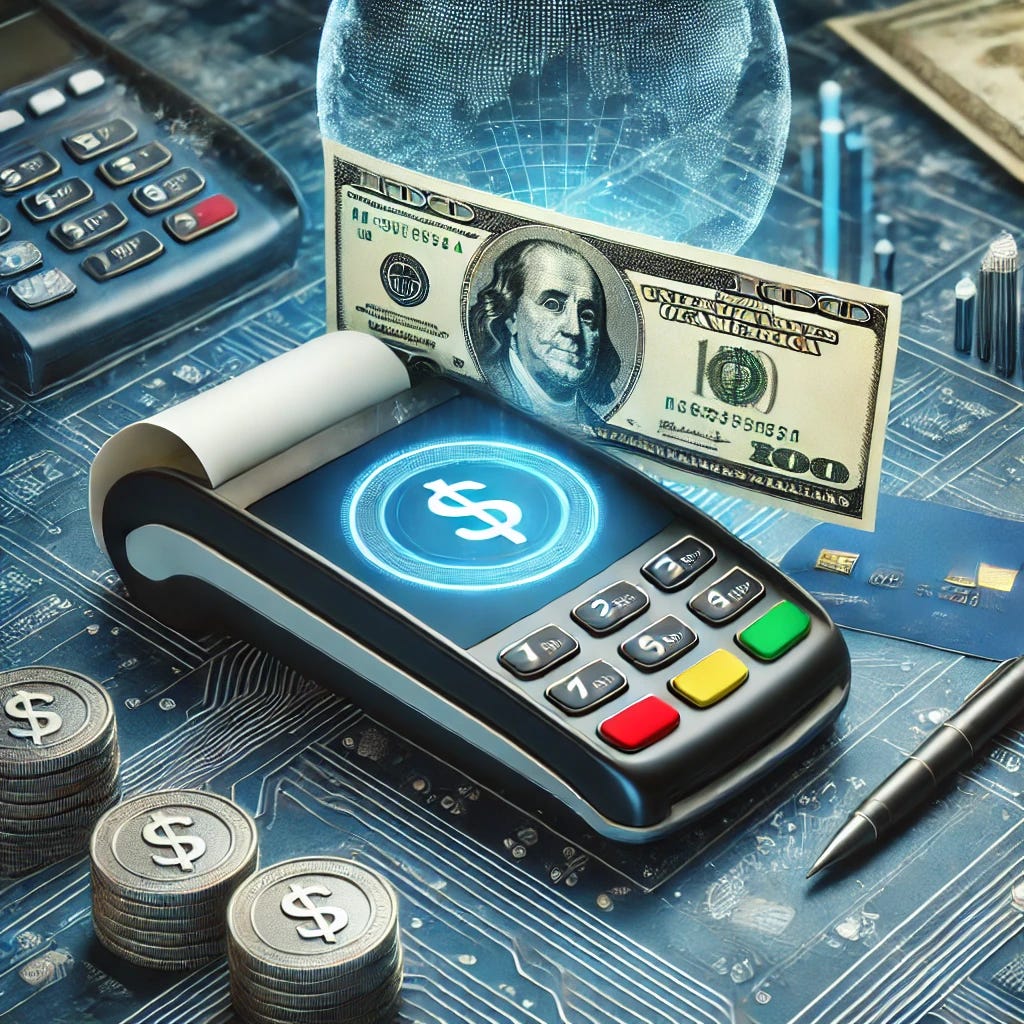The word “dollar” has a pretty cool origin story. It revolves around an area where the Czech Republic now stands, around a town called Jáchymov.
This is a modern iteration of the name, but 500 years ago, give or take, silver was mined in the valley dominating this region. The original name was simply “the valley”, or thal in German, but once silver kept flowing from the mines, it seemed appropriate to name it after a saint.
In the Christian tradition, Saint Joachim is the father of the Virgin Mary, and therefore the grandfather of Jesus. This valley was incredibly prosperous, so a name with a lot of gravitas was chosen.
The valley came to be called Joachimsthal, and when the silver was minted into large coins that were called Joachimsthalers. That’s just a way of saying these were objects from the valley named after Saint Joachim, but the name really stuck.
This coin was in the right place, and at the right time. It spread like the plague across Europe, slowly becoming something of a standard currency. Gradually, the new coin made its way to the American colonies, where it was commonly called either a Spanish dollar or a piece of eight. You could cut these pieces into eight equal wedges, and that’s why a quarter is still sometimes referred to as two bits.
In 1792, the newly formed United States officially decided to adopt the dollar. It took a century and a half, but the US dollar eventually came to dominate global trade and to become the global reserve currency—the money the majority of the world agrees to trade, making commerce vastly easier with a common currency.
While the US steadily grew its economy over this time frame, it wasn’t until after World War II that the Bretton Woods agreement made it official: each country's currency was pegged to the U.S. dollar, which in turn was pegged to gold at a price of $35 per ounce.
This meant that countries would lower or raise the value of their own currencies, so that they could match a certain number of the local currency to the dollar. All countries now had to hold dollars in their reserves in order to do business with other nations, and this naturally made the US much more important on the global stage.
Today, dollars are used all over the world, and the US dollar is still far and away the world’s reserve currency, but there have been some more recent attempts to rock the boat, along with random events that have caused other currencies to rise in prominence.
Most transactions are made in US dollars, and most debt is in dollars. This means more and more dollars need to continue to be used, and those dollars stay in circulation across the globe.
Even still, this dollar-dominance is far from uniform across the globe. You might recall a story from the news in 2022, when China was attempting to do business with Saudi Arabia in yuan, the currency of China. This didn’t entirely pan out, but you can see how, over time, a reserve currency can start to wane in use, just as the British pound did during the first half of the 20th century.
Back in 1971, President Nixon removed the US from the so-called gold standard. This was because the US simply did not have enough gold to pay for everyone’s dollars, so this peg was removed. This meant that, for the first time ever, the global reserve currency was fiat—backed by no precious metal or actual source of value, but instead simply backed by the trust of the United States government.
Fiat is where we are today, and fiat is the reason we’ve seen exponential growth in the global economy over the last 50 years. We’ve seen global poverty reduced to half of what it was at that time, and we’ve seen a rise in living standards worldwide (on average, of course—not everywhere gets these gains, but most humans alive today have benefited).
Not being tied to an arbitrary metal meant that the economy could grow as its population did, and boy howdy did our population grow in the span since 1971. We went from under four billion to over eight billion in fifty years, and yet living standards continued to rise. Resourses now flowed from nation to nation at a much more efficient pace.
This wasn’t all roses and daisies, of course. Inflation reared its ugly head in the late 70s and became stagflation, and then there was a wee global financial crisis in 2008. Even still, it’s tough to argue that the world isn’t vastly more prosperous thanks to leaving the gold standard. Thanks, Nixon?
There are plenty of concerns among US investors about other global currencies rising up to usurp the dollar’s dominance, but it’s not just other nations that have a little bit of a chance here. Cryptocurrencies like Bitcoin are appealing to nation-states that don’t want to be sanctioned, and there’s a lot more to be said about the SWIFT system—the means by which most international transactions are done, but suffice it to say for now: the dollar remains at the top of the global stage, very dominant for the foreseeable future.
What’s in your wallet? I rarely leave my house carrying cash any more, as nearly all transactions are done with plastic or digital payments these days, but virtually every transaction I ever make is in dollars. For folks who are not in the US (there are lots of you out there!), do you ever buy anything in dollars? I know most of the international commerce is in between nation-states, but what have you bought with US dollars?
Let me know and let’s think!






I didn't track the connection between Joachimsthalers and Spanish Dollar. Is it because Thaler sounds like Dollar?
The confusing thing about the name is that the U.S. isn't the only country calling its currency "the dollar"- in Canada, where I live, and in Australia, the name is also used. This may erroneously make it appear that they are all worth the same amount, when they are not. A Canadian dollar is rarely at equal value to the American one.
There are drawbacks with the electronic system that have only become apparent recently- people robbing banks and other money holders of funds via computer rather than the traditional stereotypical holdup session, for example. Whereas, for many of us, the tangential security of holding a coin or a bill in your hand is one of the best feelings you can have.